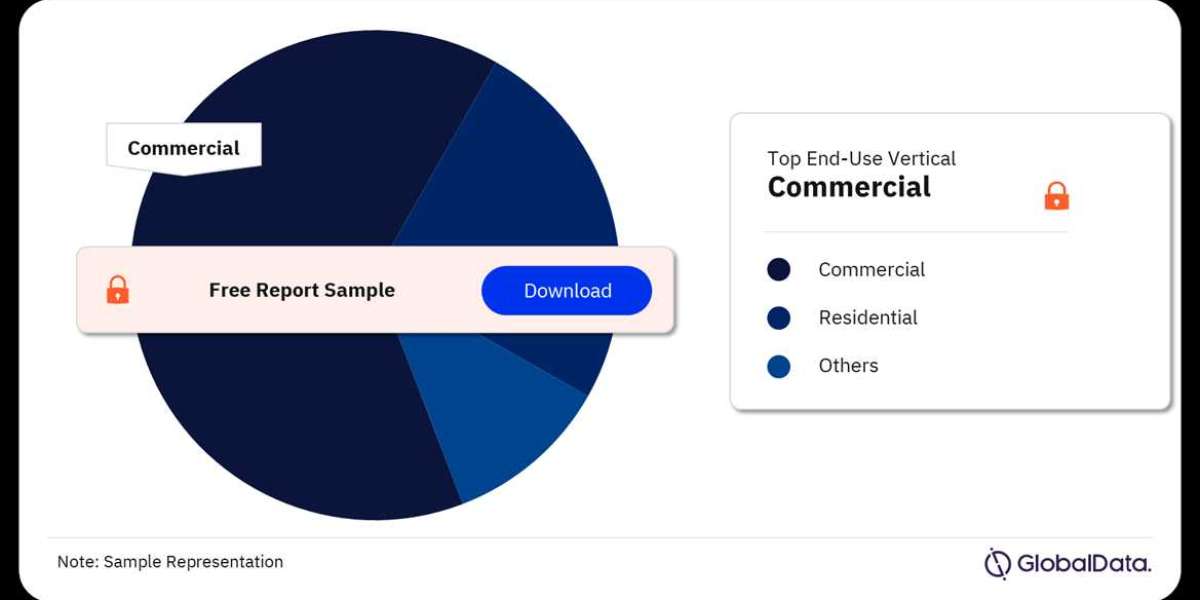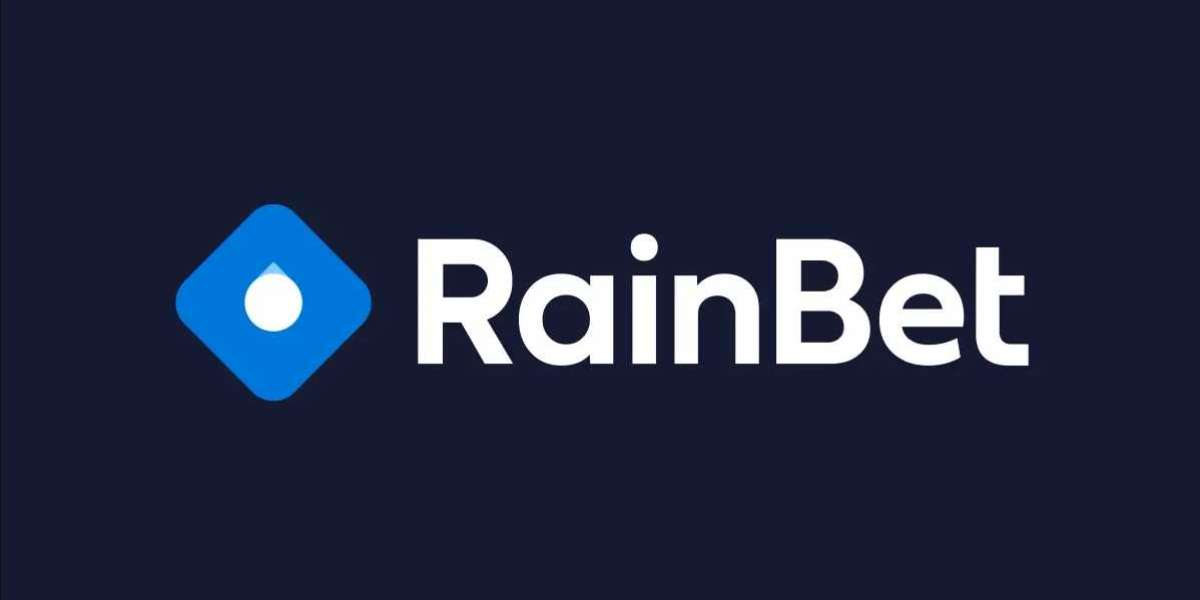This article delves into the 5G infrastructure market, exploring its current state, projected growth, key drivers, and the challenges that lie ahead.
Market Size and Growth Trajectory
The 5G infrastructure market is experiencing explosive growth. While estimates vary slightly between research firms, the overall picture is one of significant expansion. According to MarketsandMarkets, the market is projected to reach a staggering USD 47.78 billion by 2027 at a compound annual growth rate (CAGR) of 67.1%. Mordor Intelligence, on the other hand, forecasts a more conservative growth rate of 47.51%, with the market reaching USD 69.01 billion by 2029. Regardless of the specific figures, the upward trend is undeniable, reflecting the immense potential of 5G technology.
What is 5G Infrastructure?
Before diving deeper, it's crucial to understand what constitutes 5G infrastructure. Unlike its predecessors, 5G is not simply a faster version of existing mobile networks. It represents a complete overhaul of the underlying technology. 5G infrastructure encompasses three key components:
- Radio Access Network (RAN): This is the backbone of the 5G network, responsible for transmitting and receiving data signals between user devices and the core network. RAN includes elements like base stations, small cells, and radio frequency (RF) units.
- Core Network: The core network acts as the brain of the 5G system, managing data traffic, routing calls and messages, and ensuring network security.
- Transport Network: This component connects the RAN and core network, providing the high-bandwidth and low-latency connections necessary for 5G applications.
Drivers of Market Growth
Several factors are fueling the growth of the 5G infrastructure market:
- Surging Mobile Data Traffic: The demand for mobile data is exploding, driven by the proliferation of smartphones, video streaming, and bandwidth-intensive applications. 5G infrastructure offers the capacity and speed to handle this ever-increasing data traffic.
- The Rise of the Internet of Things (IoT): IoT, the interconnection of billions of devices through the internet, is a key driver of 5G adoption. 5G's low latency and massive network capacity are crucial for enabling real-time communication between a vast array of connected devices.
- Smart City Initiatives: Governments worldwide are investing heavily in smart city projects, aiming to improve infrastructure, safety, and sustainability. 5G forms the backbone of these initiatives, facilitating data collection, analysis, and real-time decision-making.
- Emerging Technologies: 5G's capabilities pave the way for the development and deployment of next-generation technologies like virtual reality (VR), augmented reality (AR), and autonomous vehicles. These applications require high bandwidth and ultra-low latency, which 5G can deliver.
- Government Support: Governments recognize the transformative potential of 5G and are actively supporting its development through subsidies, spectrum allocation, and infrastructure investments.
Market Challenges and Considerations
Despite the promising outlook, the 5G infrastructure market faces several challenges:
- High Deployment Costs: Building and maintaining a 5G network requires significant investments in new infrastructure, including base stations, fiber optic cables, and network equipment. These costs can be a hurdle for some operators, particularly in developing economies.
- Spectrum Availability: The allocation of radio spectrum for 5G deployment is a critical issue. Governments need to balance the needs of different stakeholders, including mobile operators, broadcasters, and other industries that rely on spectrum access.
- Standardization: Ensuring interoperability between different vendors' equipment is essential for a seamless user experience. Standardization efforts are ongoing, but achieving global consensus can be complex.
- Security Concerns: As with any new technology, security considerations are paramount for 5G networks. Mitigating potential vulnerabilities and ensuring data privacy are crucial aspects of 5G infrastructure development.
Key Players and Investment Landscape
The 5G infrastructure market is a competitive landscape with several major players:
- Huawei: A leading Chinese multinational, Huawei is a major supplier of 5G equipment, holding a significant market share.
- Ericsson: This Swedish telecommunications company is a global leader in network infrastructure solutions, including 5G technology.
- Nokia: Another major player from Finland, Nokia offers a comprehensive suite of 5G solutions for operators worldwide.
Buy the Full Report for More Insights on the Key End-user Verticals of the 5G Infrastructure Market, Download a Free Report Sample








